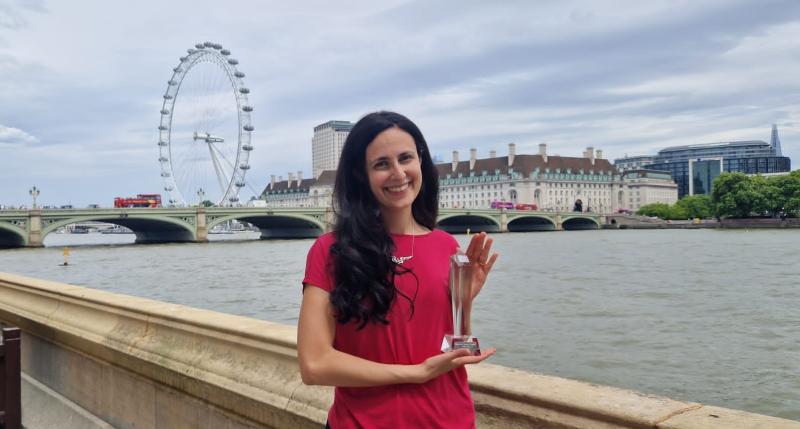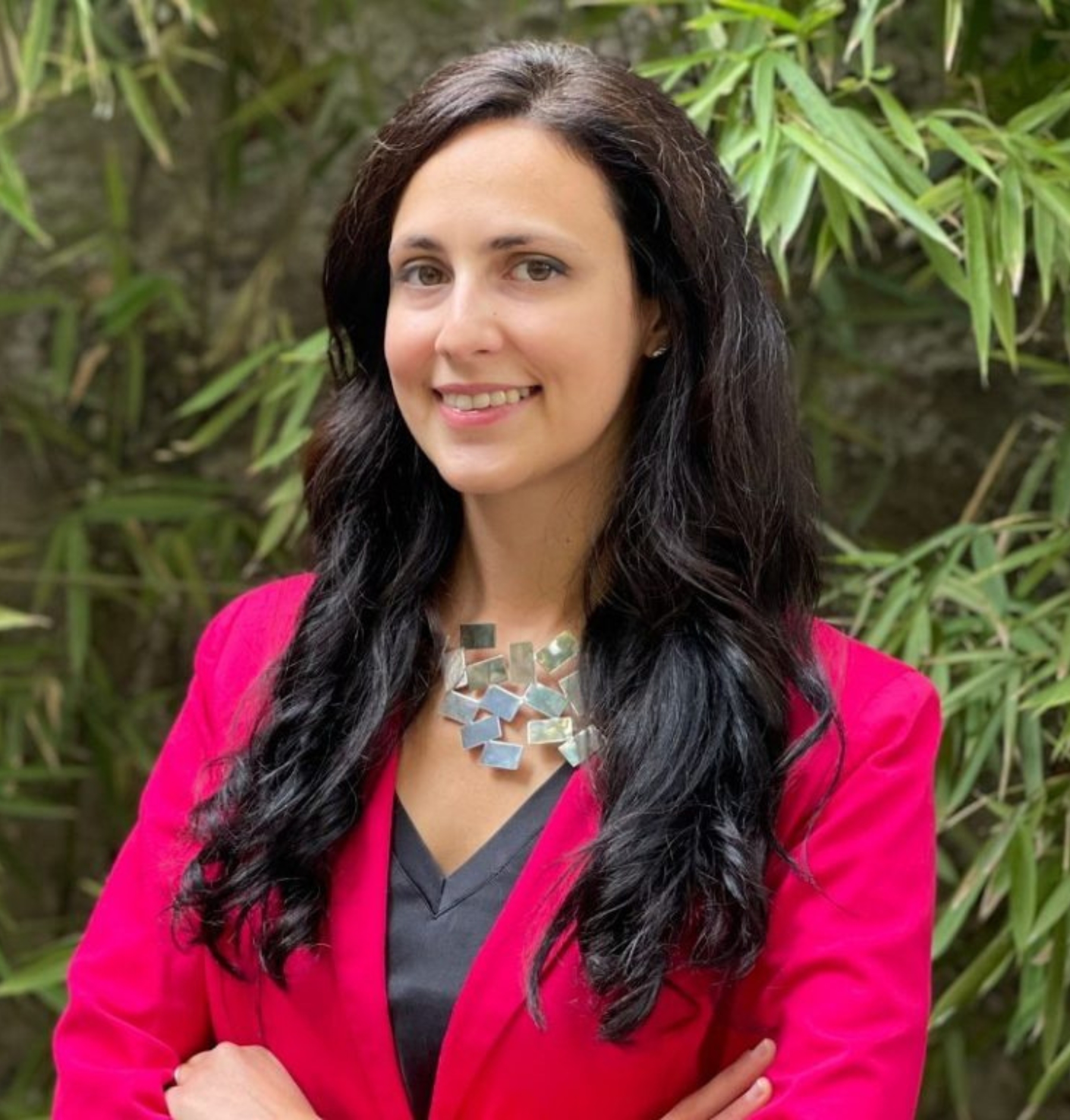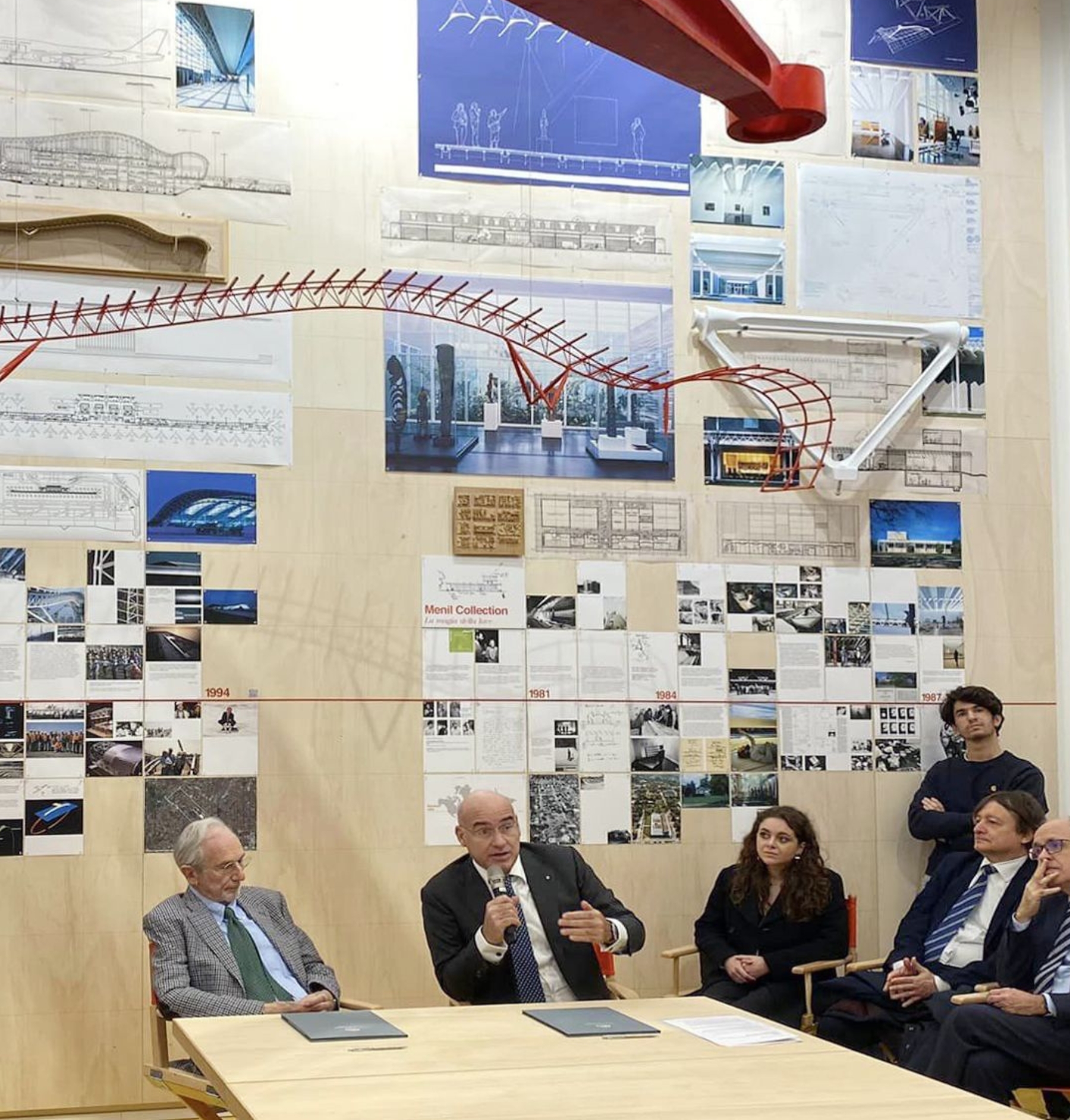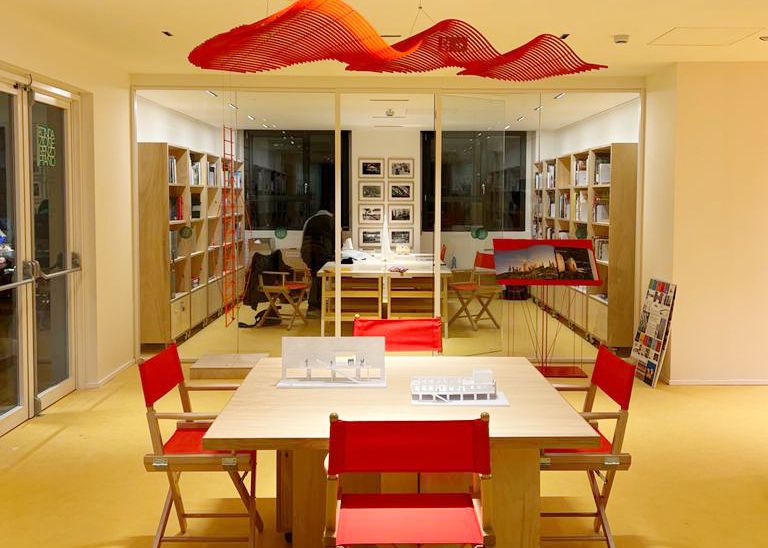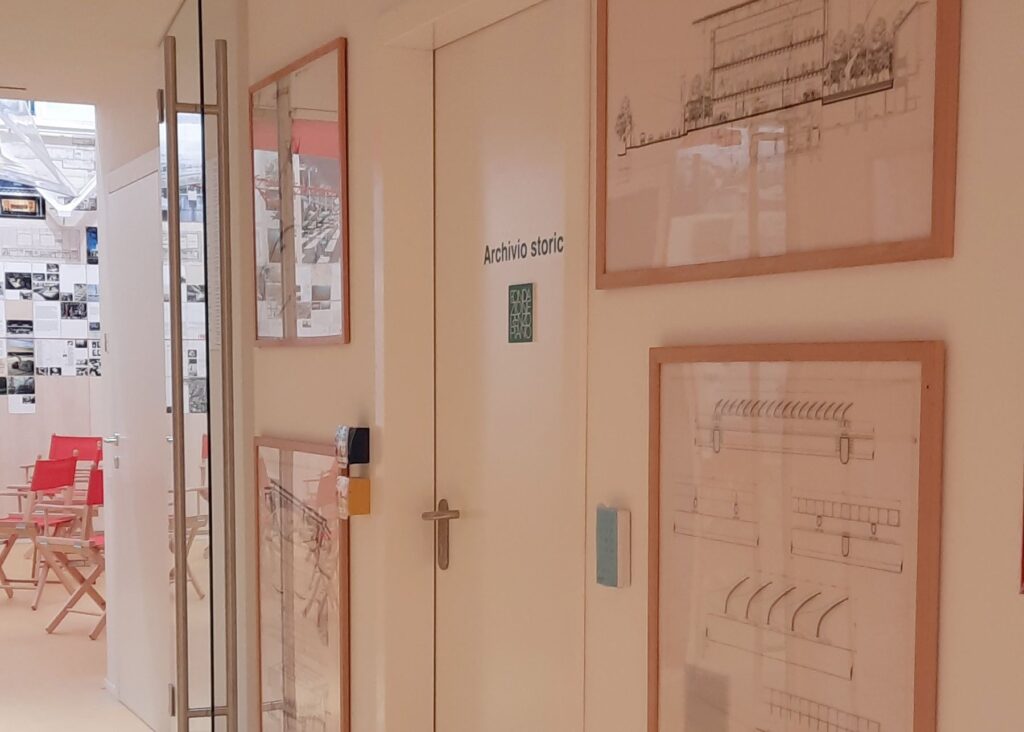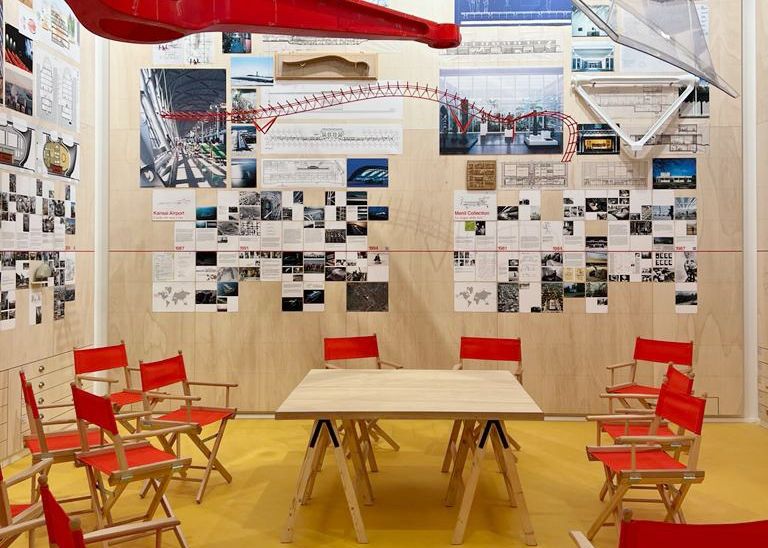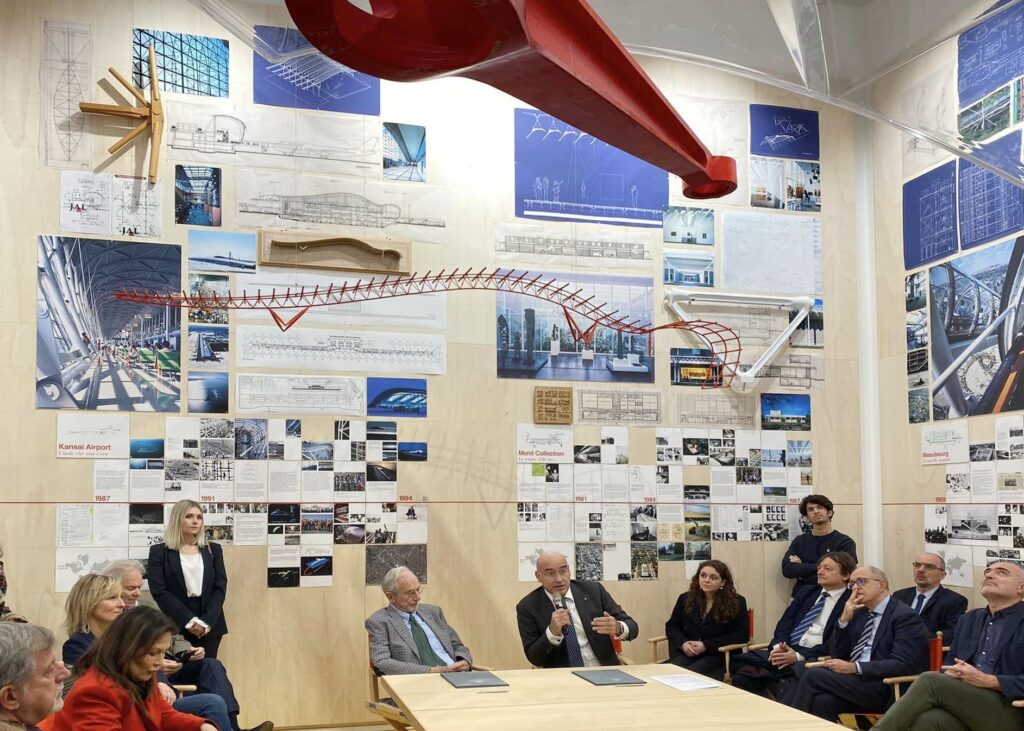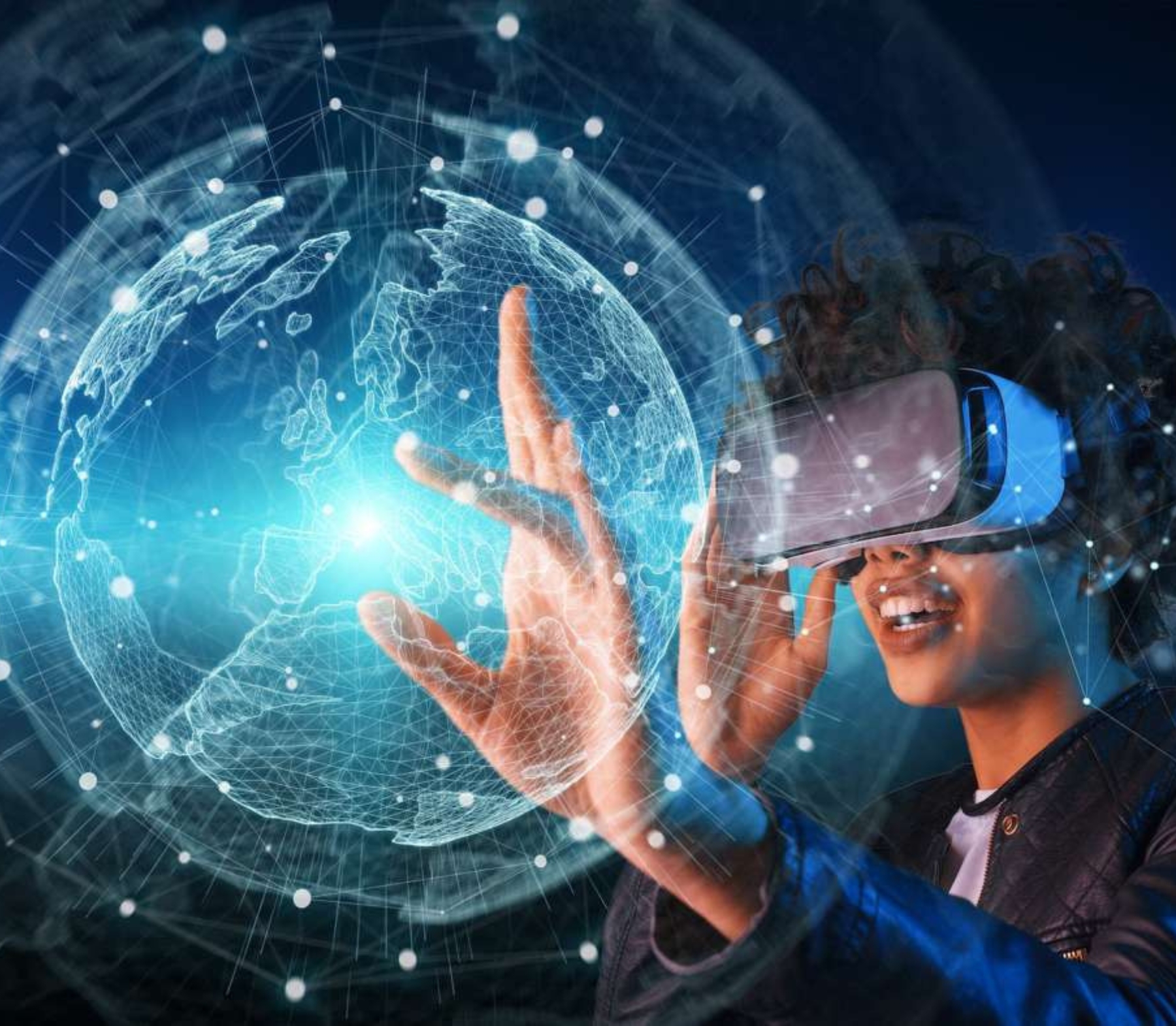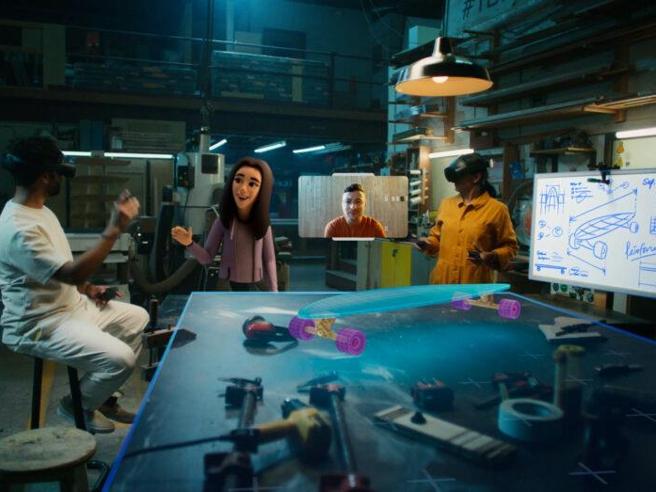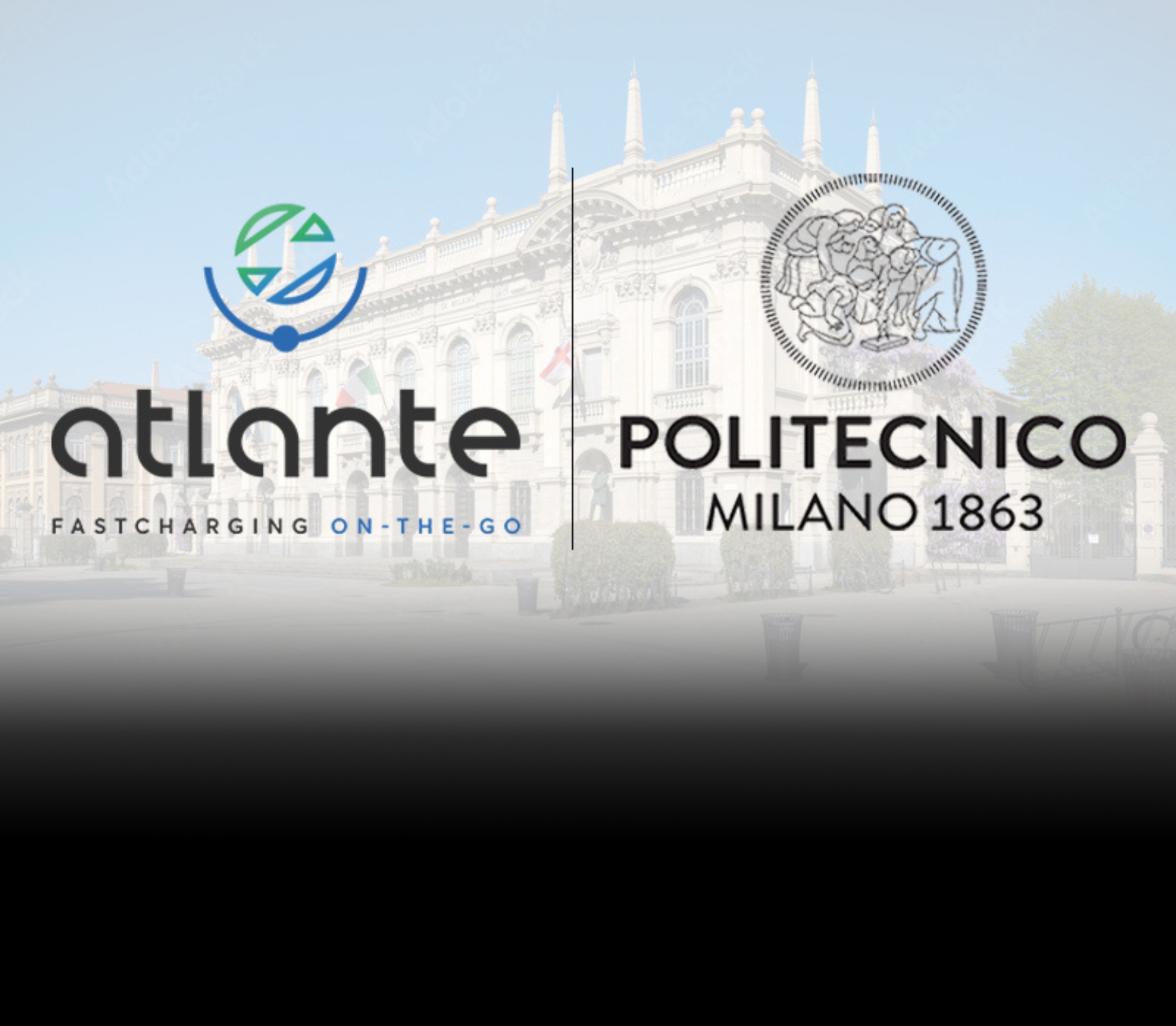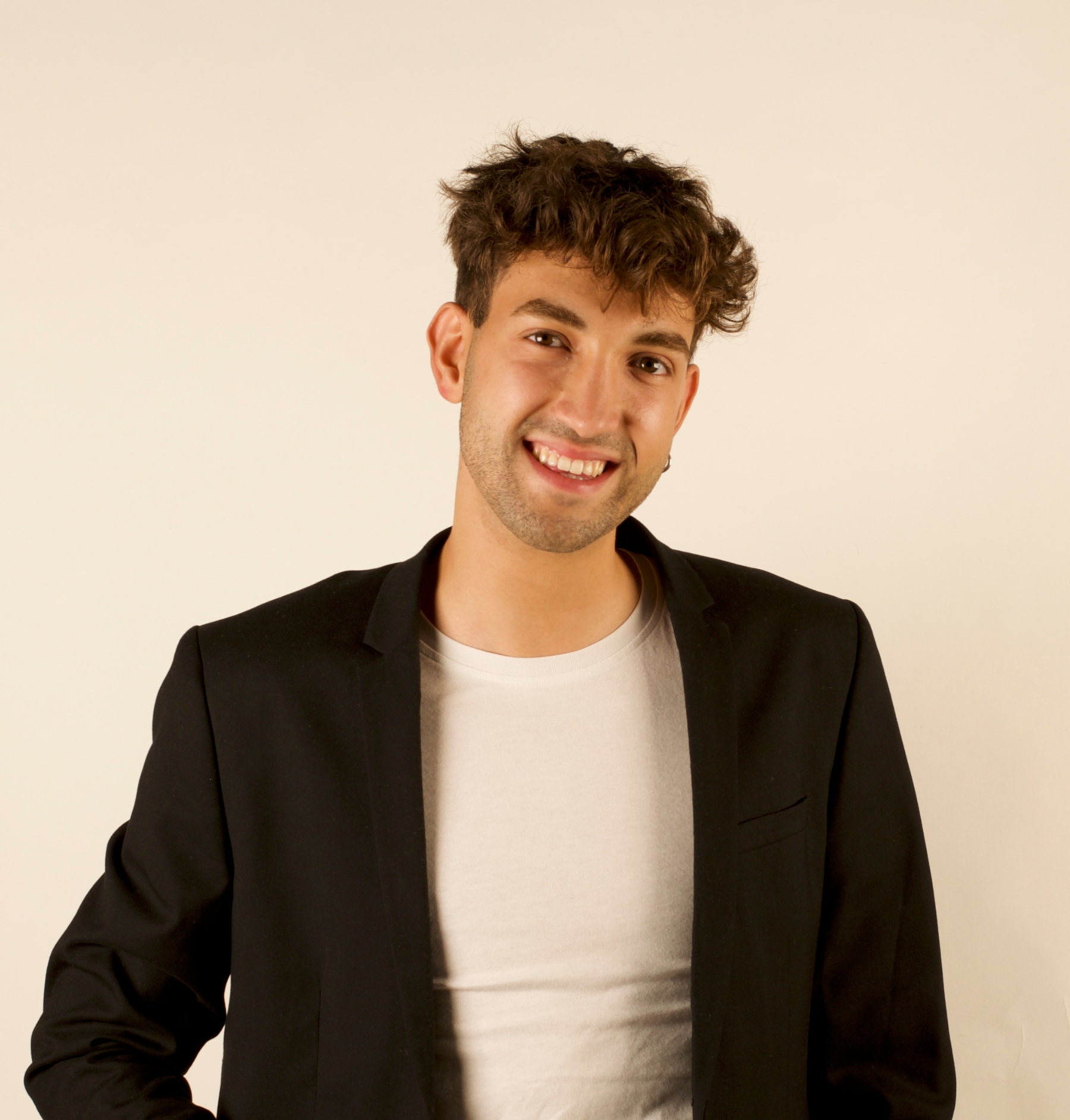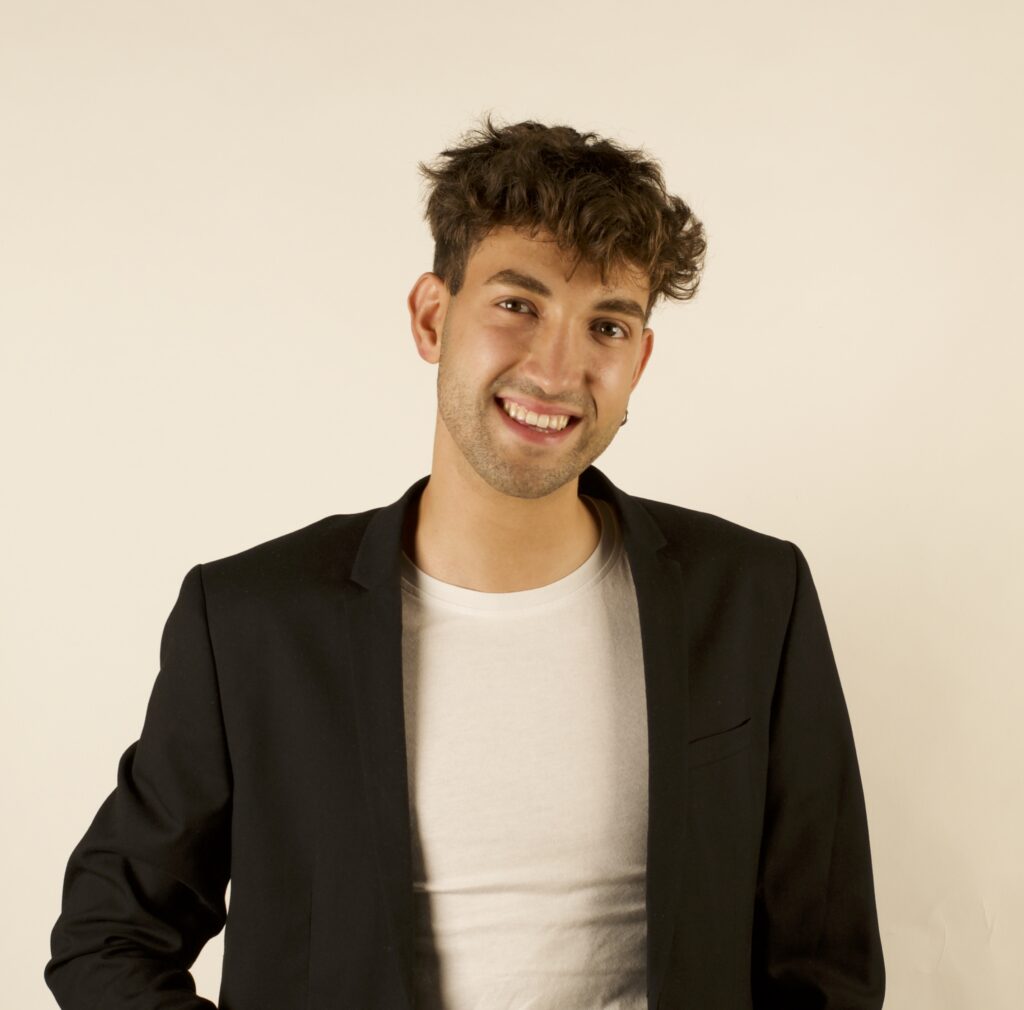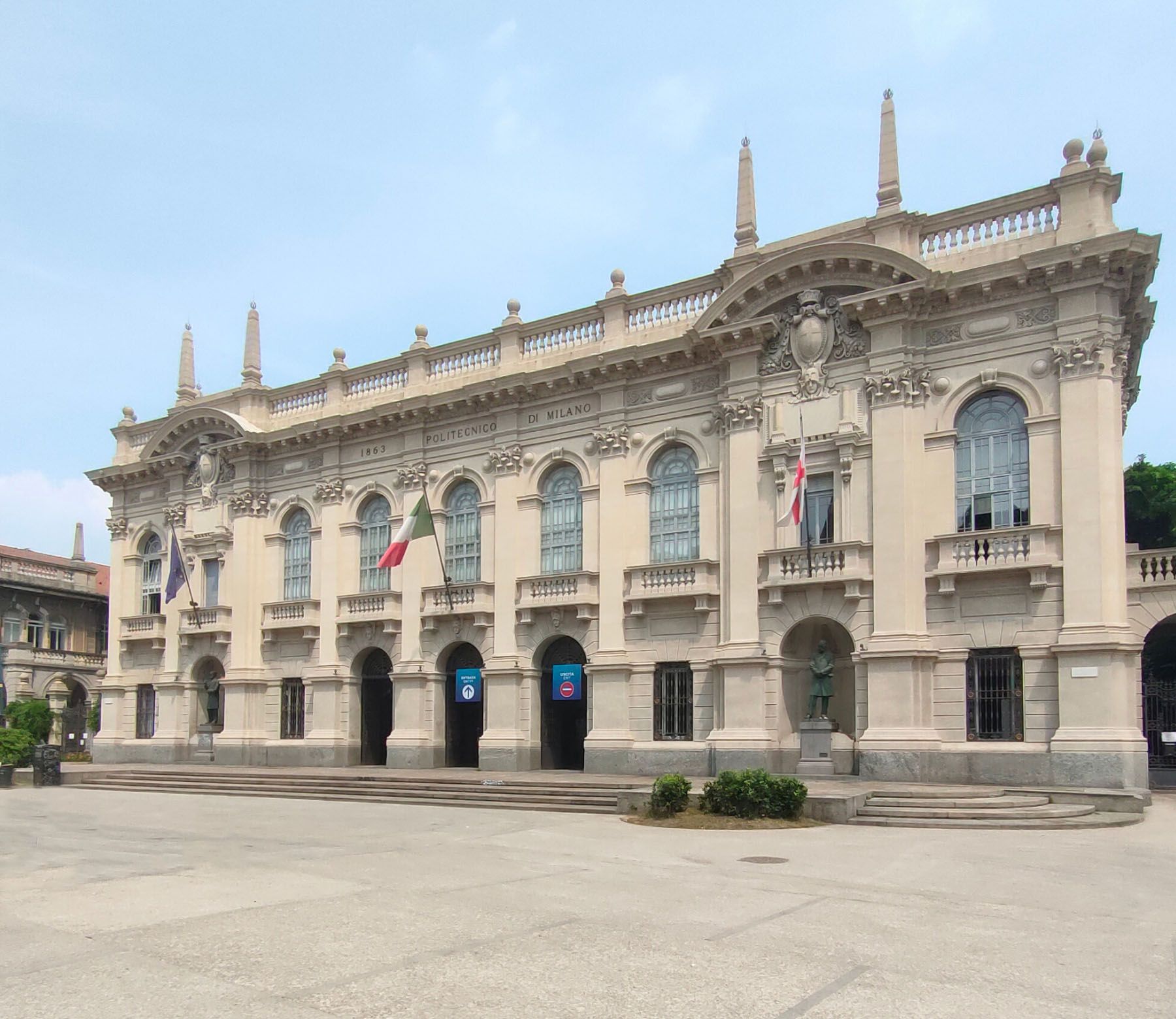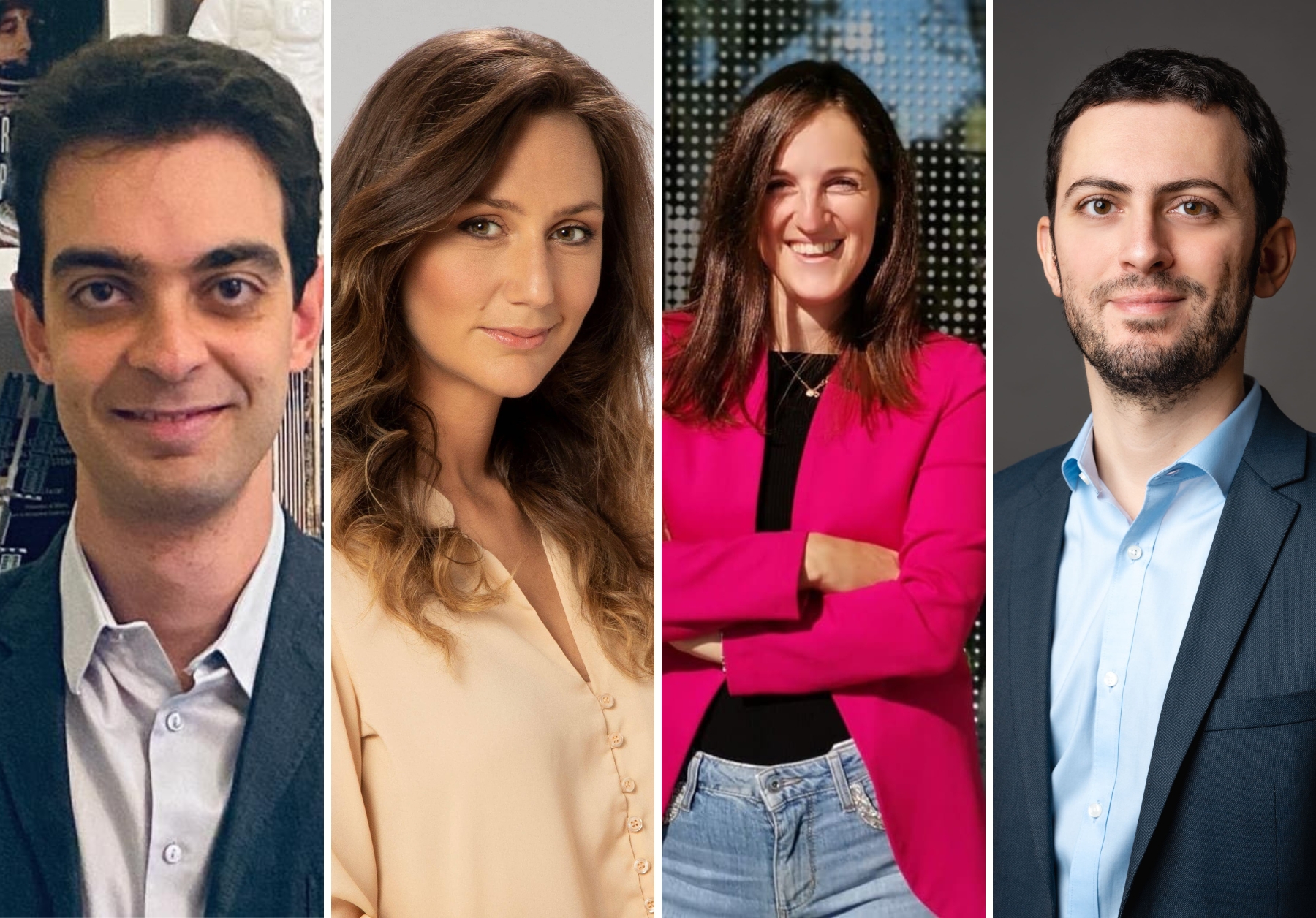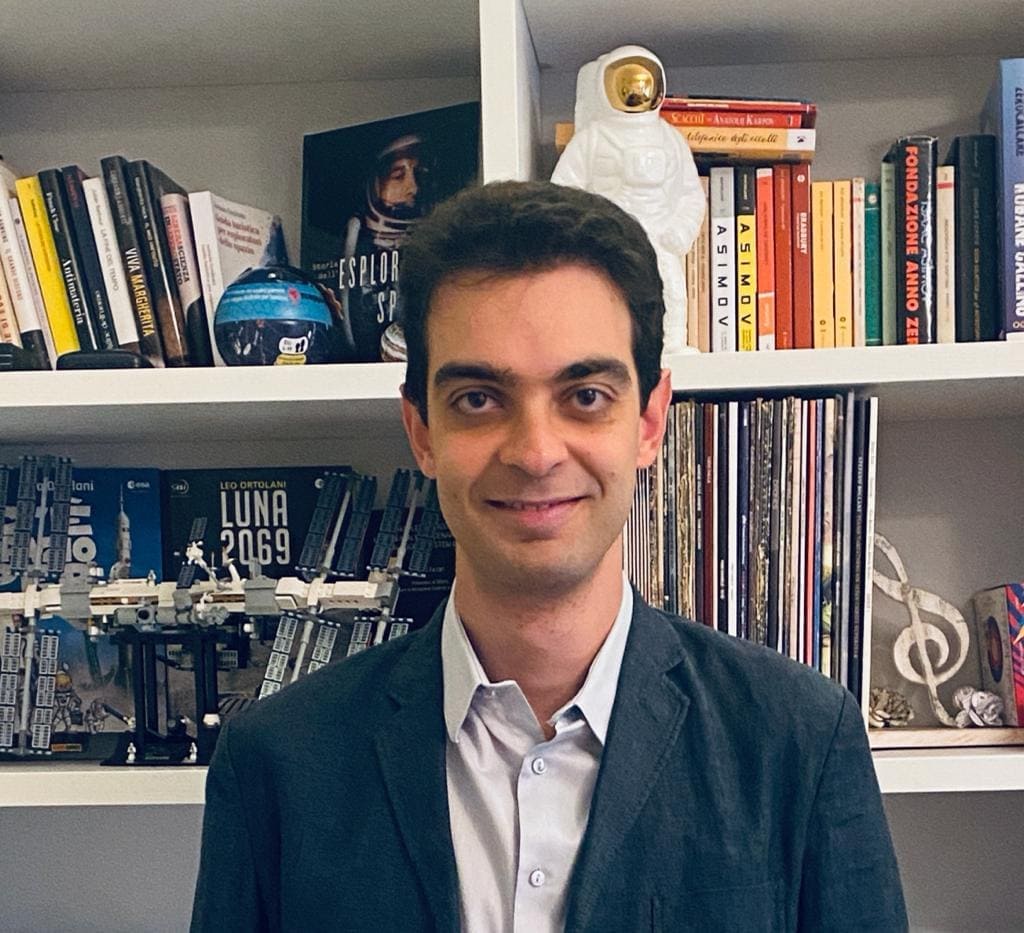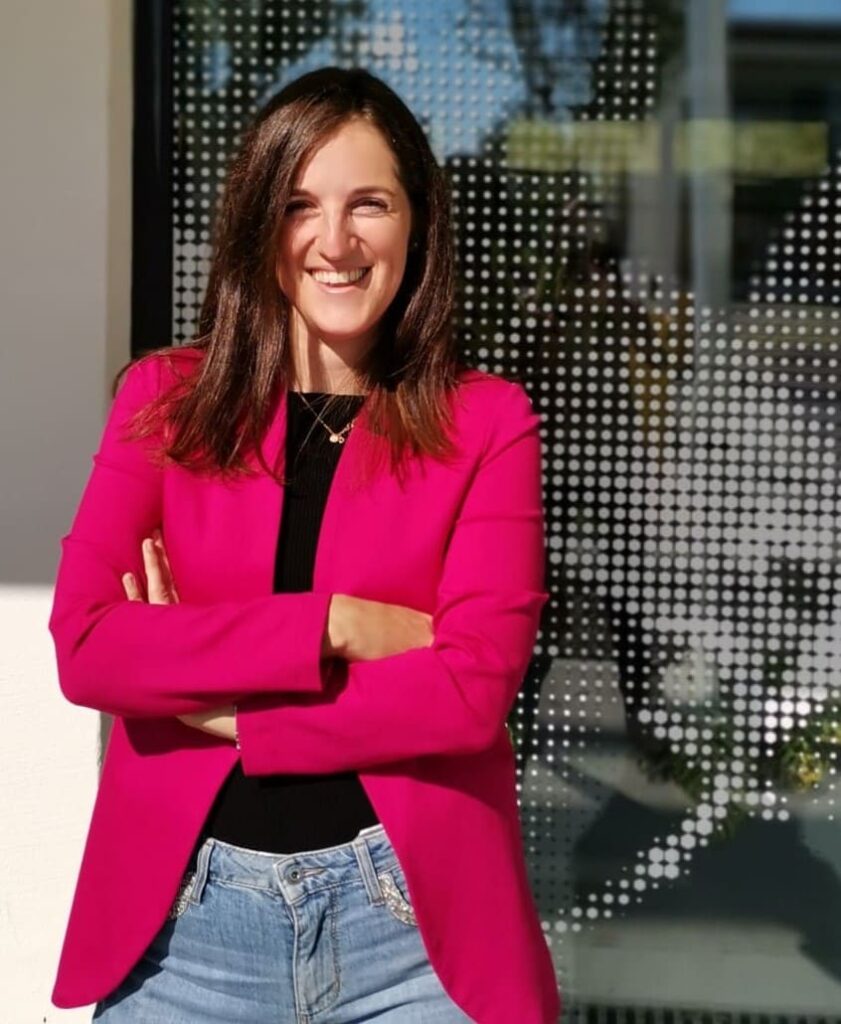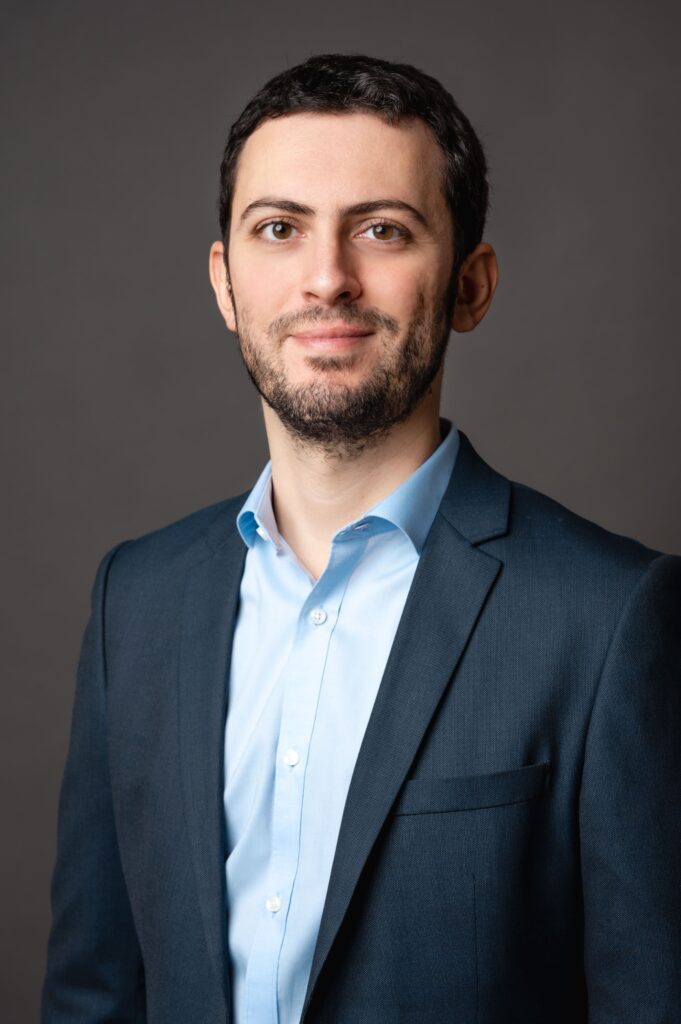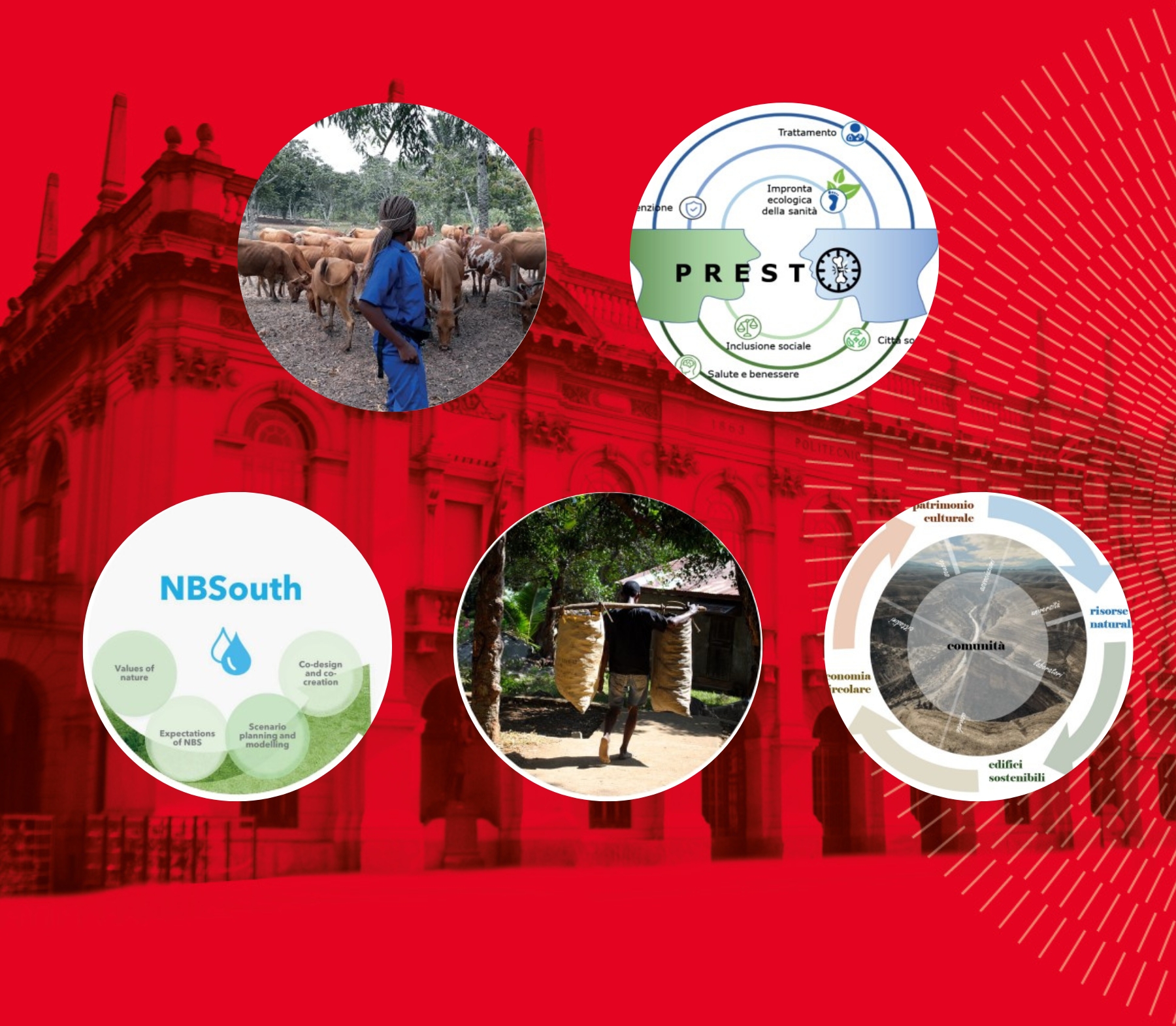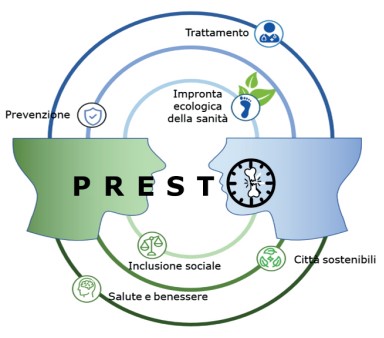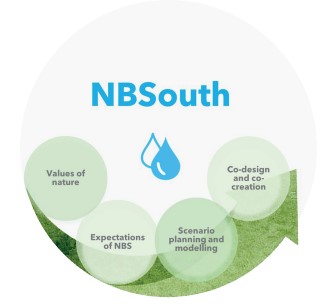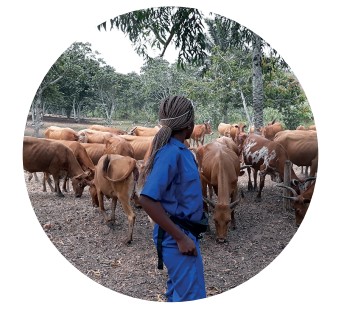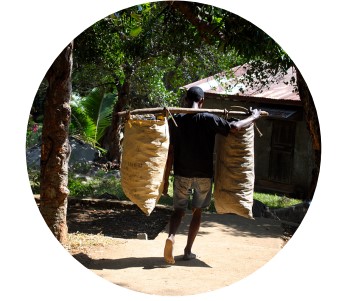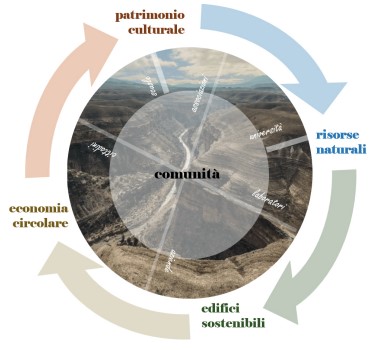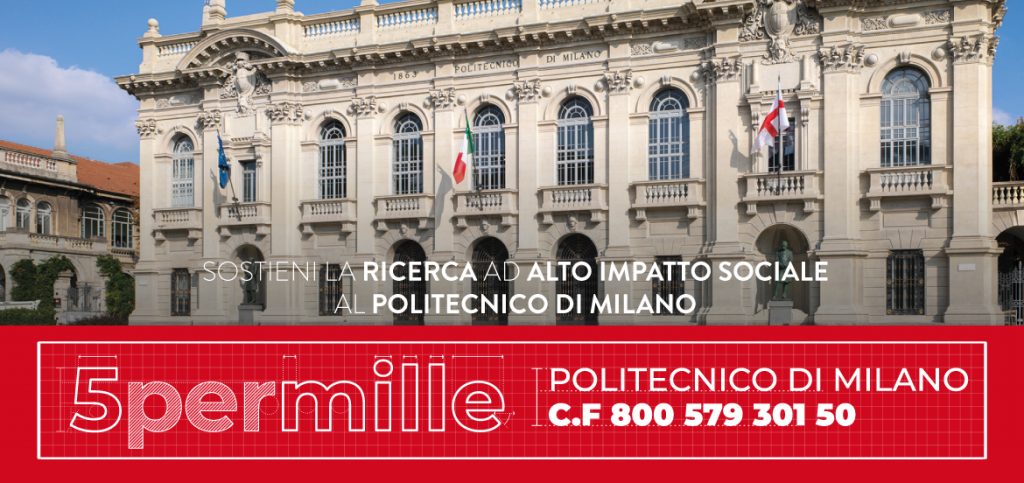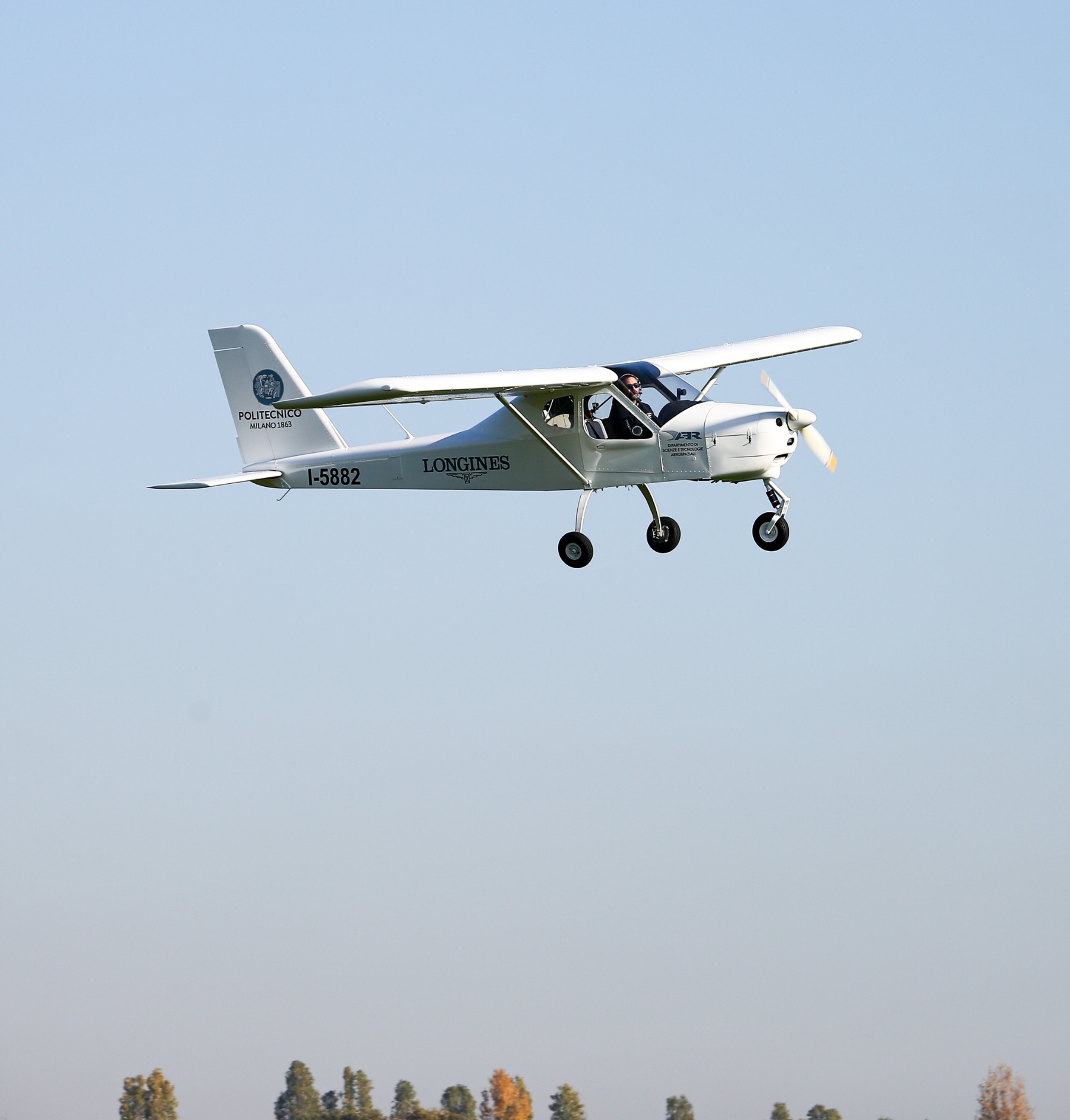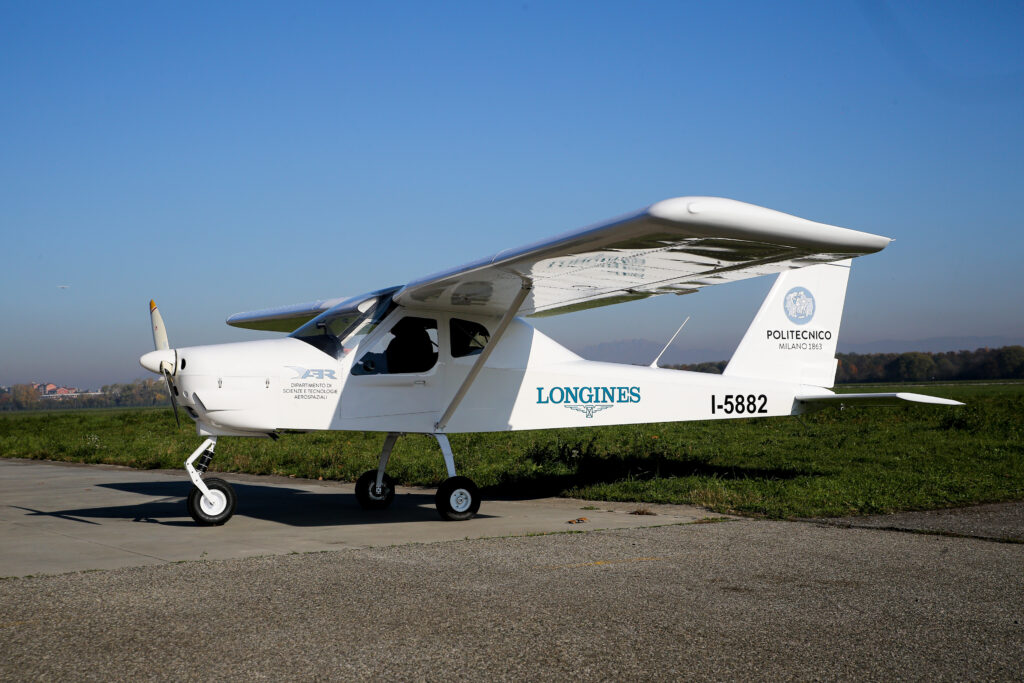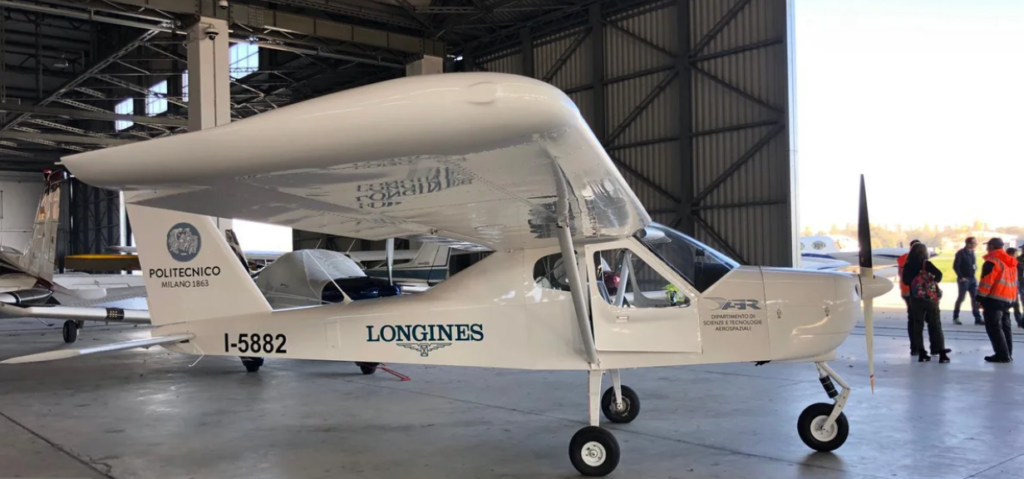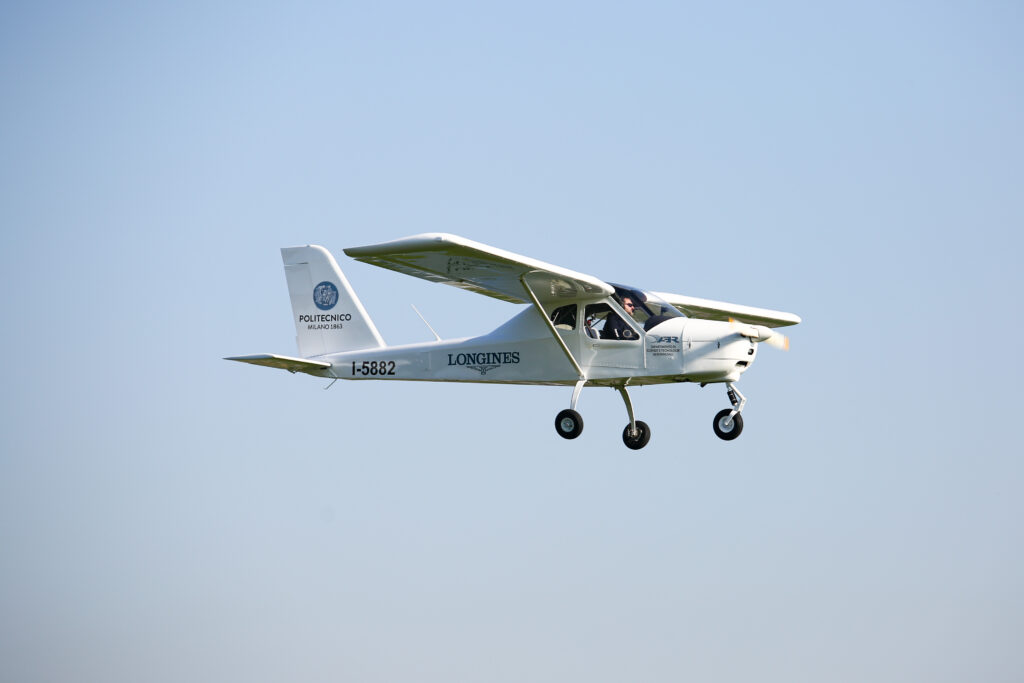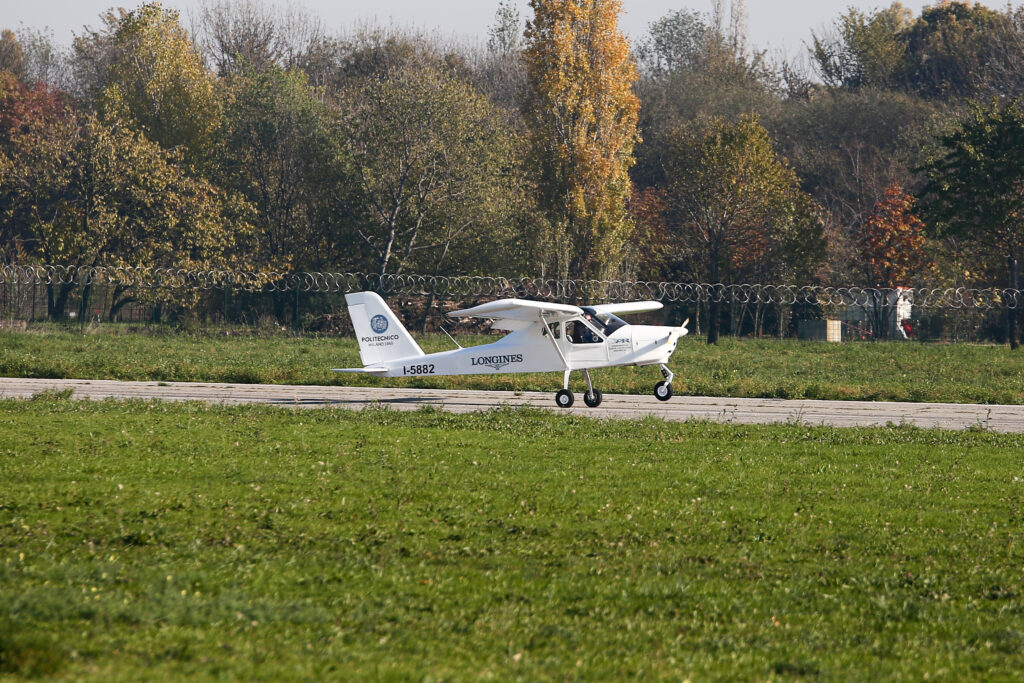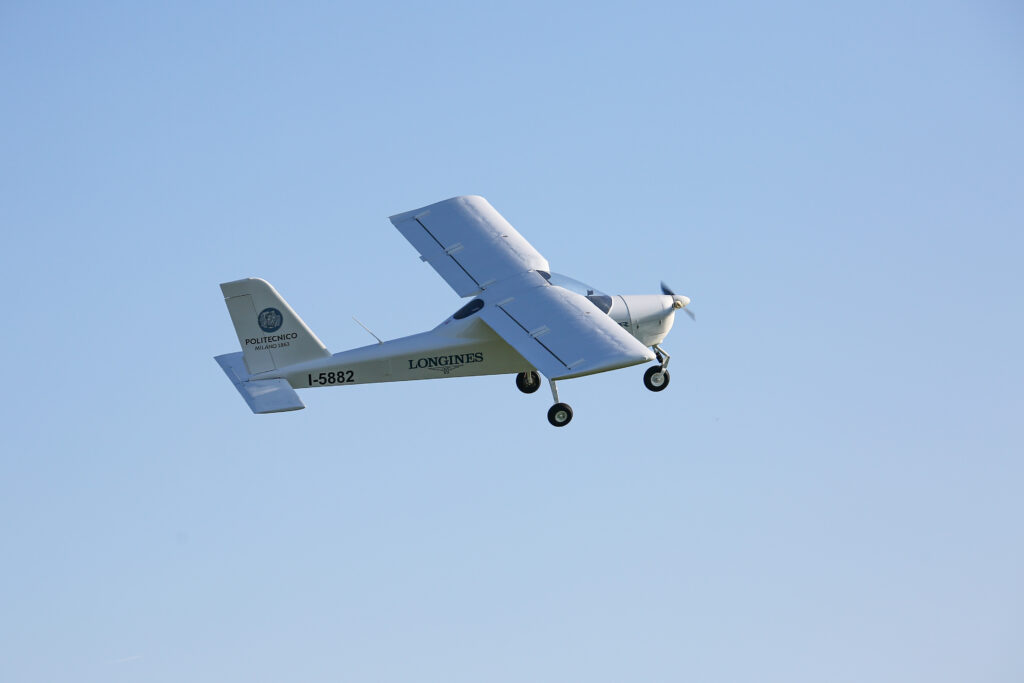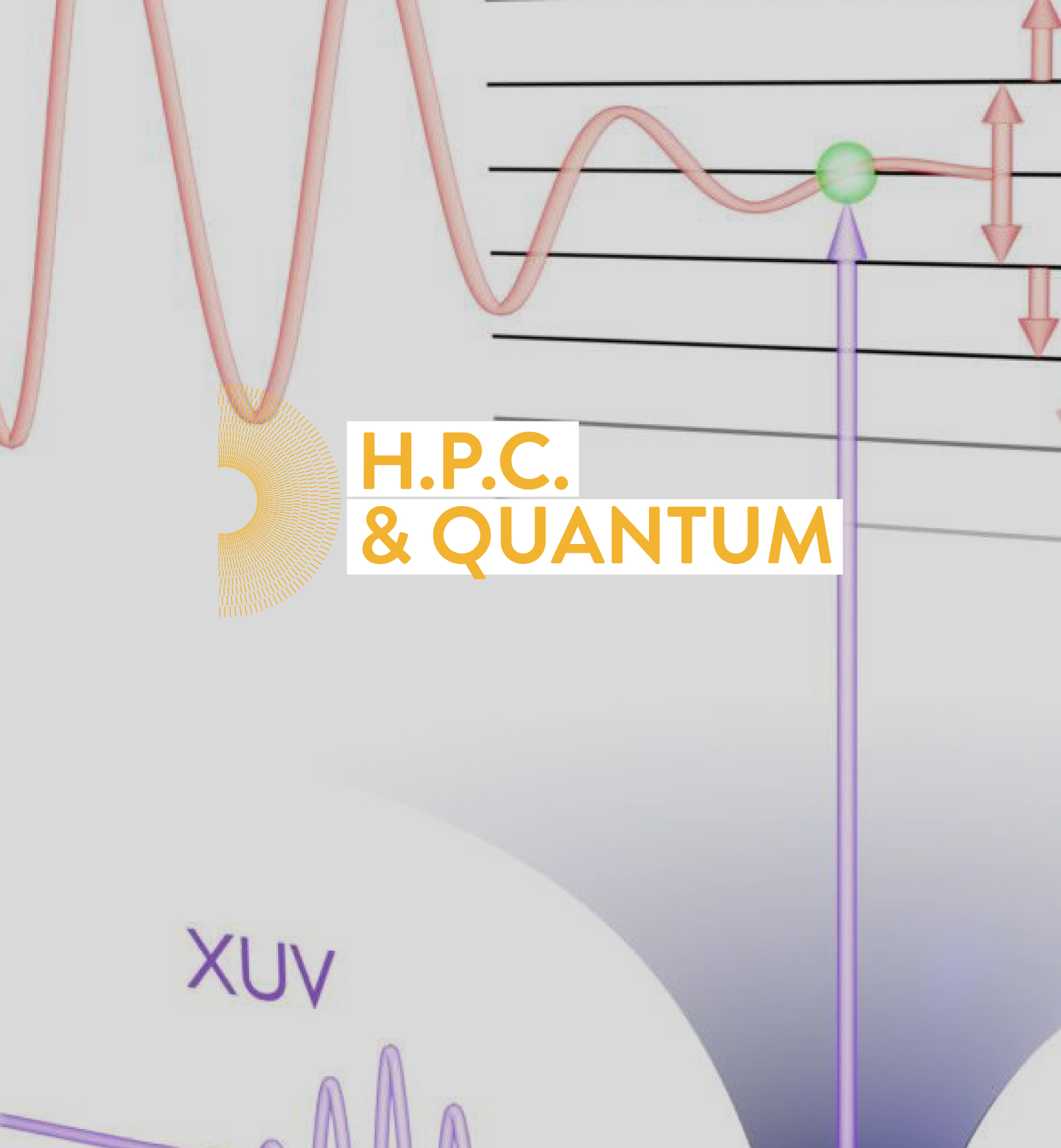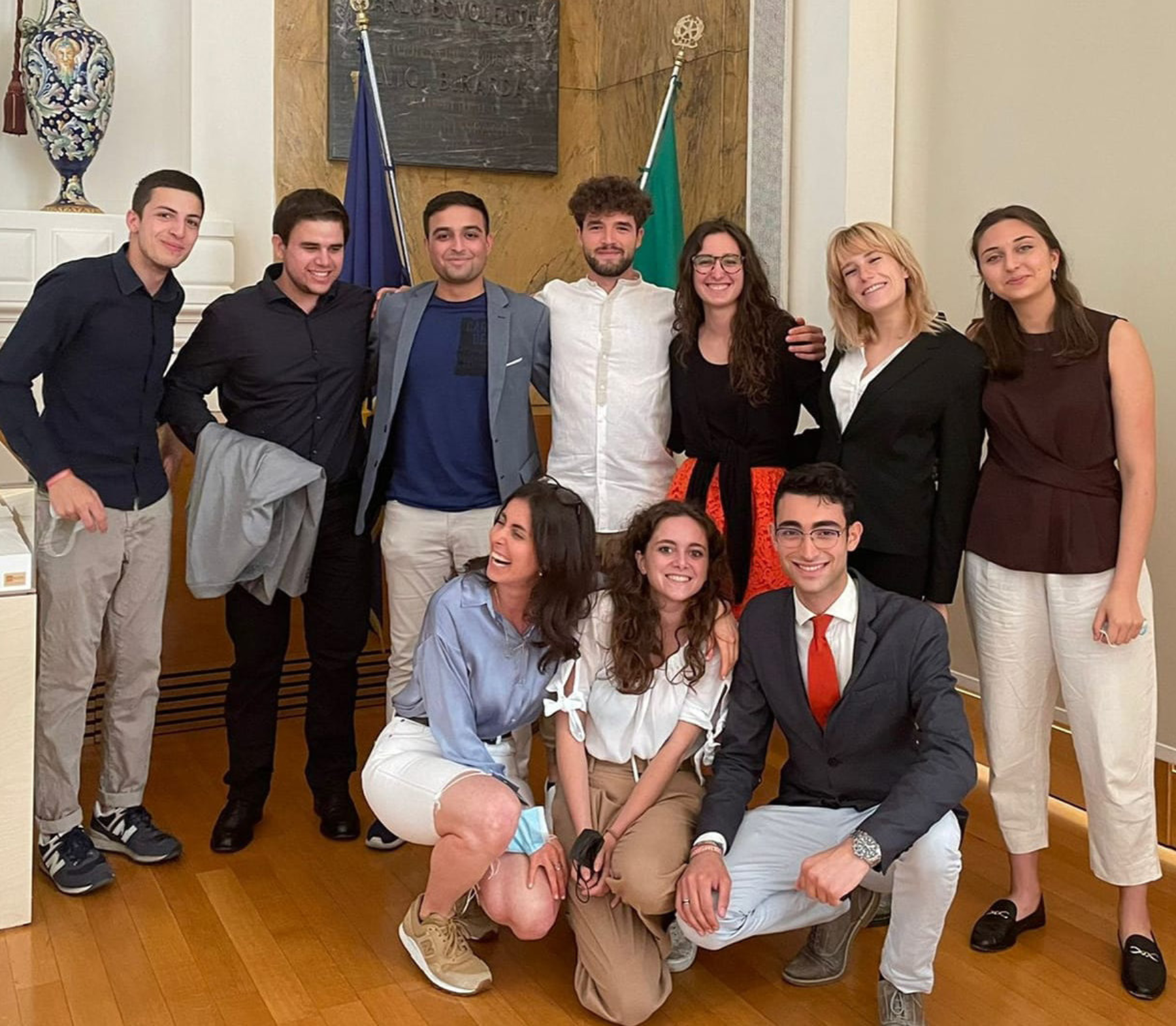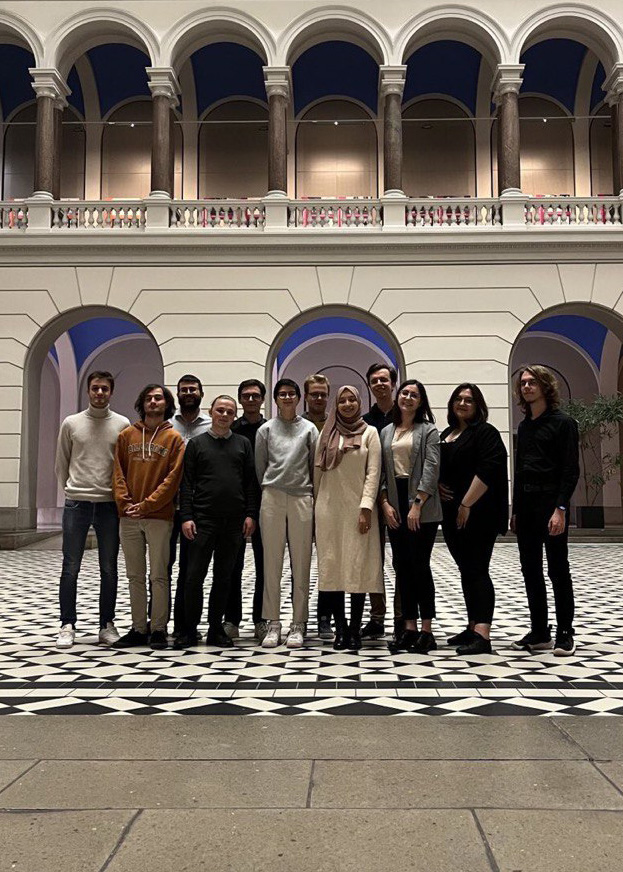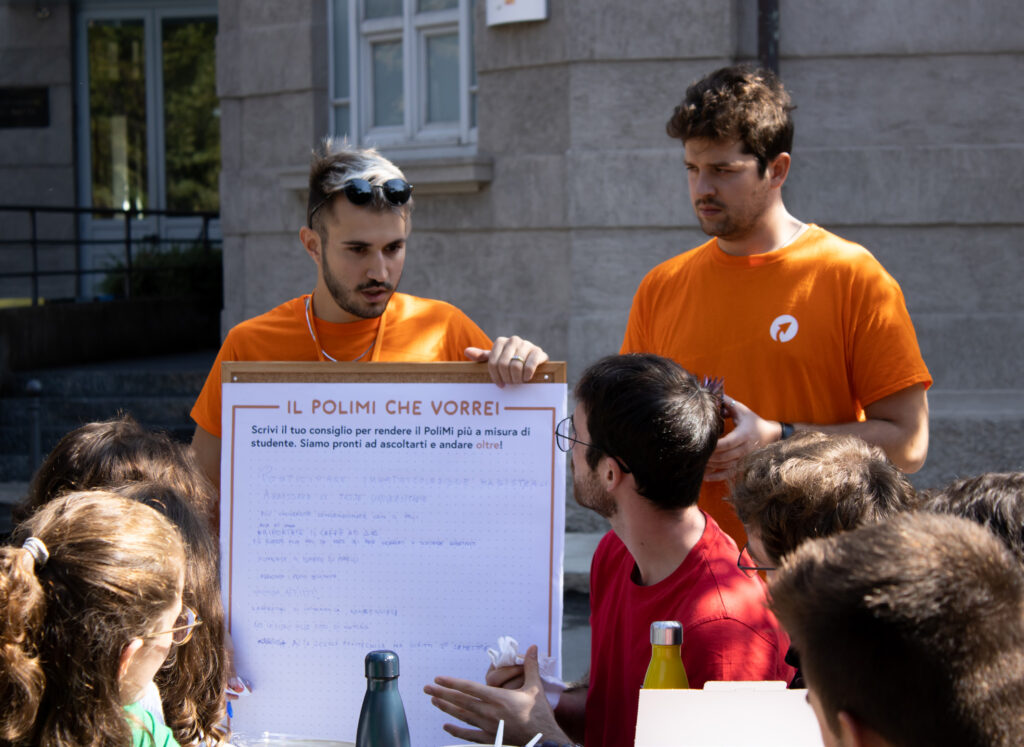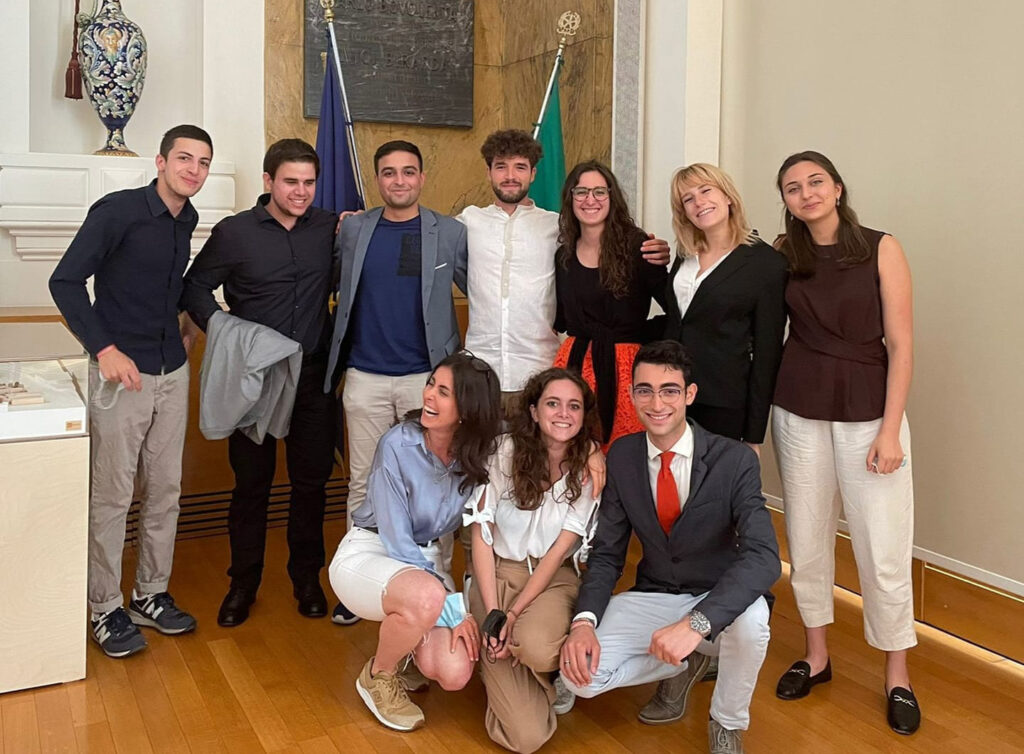Aerospace and aeronautics, analytical, organic and inorganic chemistry, nuclear and chemical engineering, materials, mechanical engineering and transportation, applied and general mathematics, applied physics, artificial intelligence, automotive engineering, biomedical engineering, building and construction, business and management, civil engineering, hardware and computer architecture, design, electrical and electronic engineering, energy, environmental engineering, geology and geomatics, industrial engineering and automation, telecommunications, optics, optoelectronics and photonics, polymers, software engineering, strategic, defence & security studies, urban and territorial planning. These are the fields in which Politecnico di Milano researchers are among the best in the world..
This has been established by a list of the World's Top 2% Scientists, a global ranking of the most productive scientists prepared by Stanford University in collaboration with Elsevier and the"Scopusdatabase of the world's scientific research. The ranking is the result of a bibliometric study, a discipline that uses mathematical and statistical techniques to analyse the quantity, quality and diffusion of publications within scientific communities. The authors analysed data relating to over 8 and a half million researchers from universities and research centres throughout the world. Among them, approximately 195,000 scientists stood out for their scientific authority and currently represent the best 2%. Approximately 5,000 of these work (or have worked for the majority of their careers) in Italy, 185 of whom at the Politecnico di Milano. Compare the downloadable data using this link
The citations and the relative h-index (an index that measures the productivity and scientific impact of an author, based on both the number of publications and the number of citations received) are evaluated for each researcher. The ranking also indicates the scientific discipline, ranging from astrophysics to zoology, and the respective ranking, according to a classification of the author's profile obtained using advanced machine learning techniques to produce comparable results across different scientific areas.
THE 185 POLITECNICO SCIENTISTS IN THE TOP 2% IN THE WORLD
Aliverti, Andrea – Amaldi, Edoardo – Amigoni, Francesco – Angelino, Gianfranco – Ardagna, Danilo – Astolfi, Marco – Bagherifard, Sara – Baraldi, Piero – Barazzetti, Luigi – Baresi, Luciano – Baselli, Giuseppe – Beretta, S. – Berizzi, Alberto – Bernasconi, A. – Bertolini, Luca – Besagni, Giorgio – Biolzi, Luigi – Biondini, Fabio – Bittanti, Sergio – Bocchiola, Daniele – Bolchini, Cristiana – Bolzon, Gabriella – Bonarini, Andrea – Bozzini, Benedetto – Braghin, Francesco – Brambilla, Angelo – Brambilla, Marco – Brenna, Elisabetta – Bruni, S. – Cagno, Enrico – Camagni, Roberto – Campanari, Stefano – Capello, Edoardo – Capello, Roberta – Capone, Antonio – Carminati, Marco – Carvelli, Valter – Casolo, Siro – Cercignani, Carlo – Ceri, Stefano – Cerullo, Giulio – Cerutti, Sergio – Cheli, Federico – Chiesa, P. – Chiesa, Vittorio – Ciarletta, P. – Codecasa, Lorenzo – Colaneri, Patrizio – Colombi, Pierluigi – Colombo, Fabrizio – Colombo, Massimo G. – Comi, Claudia – Consonni, Stefano – Corigliano, Alberto – Coronelli, D. – Cova, Sergio – Crespi, Andrea – Cristaldi, Loredana – Cubeddu, Rinaldo – Cugola, Gianpaolo – D’antona, Gabriele – Daniel, Florian – De Silvestri, S. – Della Valle, Giuseppe – DeLuca, Luigi T. – Demir, Ali Gökhan – D’Errico, Gianluca – Diana, Giorgio – Dozio, L. – Faccioli, E. – Faranda, Roberto – Faravelli, Tiziano – Ferrara, Liberato – Ferrero, Alessandro – Ferrigno, Giancarlo – Finazzi, Marco – Forzatti, Pio – Frassoldati, Alessio – Fraternali, Piero – Frigo, Carlo Albino – Fuggetta, Alfonso – Gambarova, Pietro G. – Ganazzoli, Fabio – Garzotto, Franca – Gazzola, Filippo – Gentile, Carmelo – Ghezzi, Carlo – Ghioni, Massimo – Giglio, M. – Gioda, Giancarlo – Giuffrida, Antonio – Grasselli, Maurizio – Groppi, Gianpiero – Guagliano, Mario – Guardone, Alberto – Harland, Christine Mary – Ielmini, Daniele – Karimi, Hamid Reza – Lacaita, Andrea L. – Lanzi, Pier Luca – Laporta, Paolo – Leva, Alberto – Leva, Sonia – Levantino, Salvatore – Lietti, Luca – Lovera, Marco – Lozza, Giovanni – Macchi, Ennio – Macchi, Piero – MacChiarella, Giuseppe – Maffezzoni, Paolo – Magni, Vittorio – Maier, Giulio – Mainardi, Luca – Manenti, F. – Manzolini, G. – Mariani, Stefano – Marseguerra, M. – Martinelli, Mario – Masarati, Pierangelo – Matricciani, Emilio – Mehl, M. – Meille, Stefano Valdo – Mele, Andrea – Melloni, Andrea – Metrangolo, Pierangelo – Migliavacca, F. – Milani, Gabriele – Minisci, Francesco – Monti-Guarnieri, Andrea – Morbidelli, Massimo – Natta, G. – Nisoli, M. – Norgia, Michele – Nova, Roberto – Onorati, A. – Pandolfi, A. – Paolucci, Roberto – Pata, Vittorino – Pattavina, Achille – Pedeferri, P. – Pedotti, Antonio – Pennacchi, Paolo – Pennati, Giancarlo – Pernici, Barbara – Piazza, Roberto – Pifferi, Antonio – Piroddi, Luigi – Prati, Claudio Maria – Quarteroni, Alfio – Raimondi, Manuela Teresa – Ranzi, Eliseo – Redaelli, Alberto – Resnati, Giuseppe – Righetti, Pier Giorgio – Rocca, F. – Rocco, Paolo – Romano, Matteo C. – Rosso, Renzo – Sala, G. – Samori, Carlo – Savaresi, Sergio M. – Scaioni, Marco – Scardigli, Fabio – Scattolini, Riccardo – Spagnolini, Umberto – Strano, Matteo – Svelto, O. – Taliercio, Alberto – Tanzi, Maria Cristina – Taroni, Paola – Tebaldini, Stefano – Tolio, Tullio A.M. – Topputo, Francesco – Tornatore, M. – Torricelli, Alessandro – Tosi, Alberto – Tronconi, Enrico – Turner, John Rodney – Valente, Marco – Vedani, M. – Zanero, Stefano – Zappa, Franco – Zerbi, G. – Zio, Enrico
